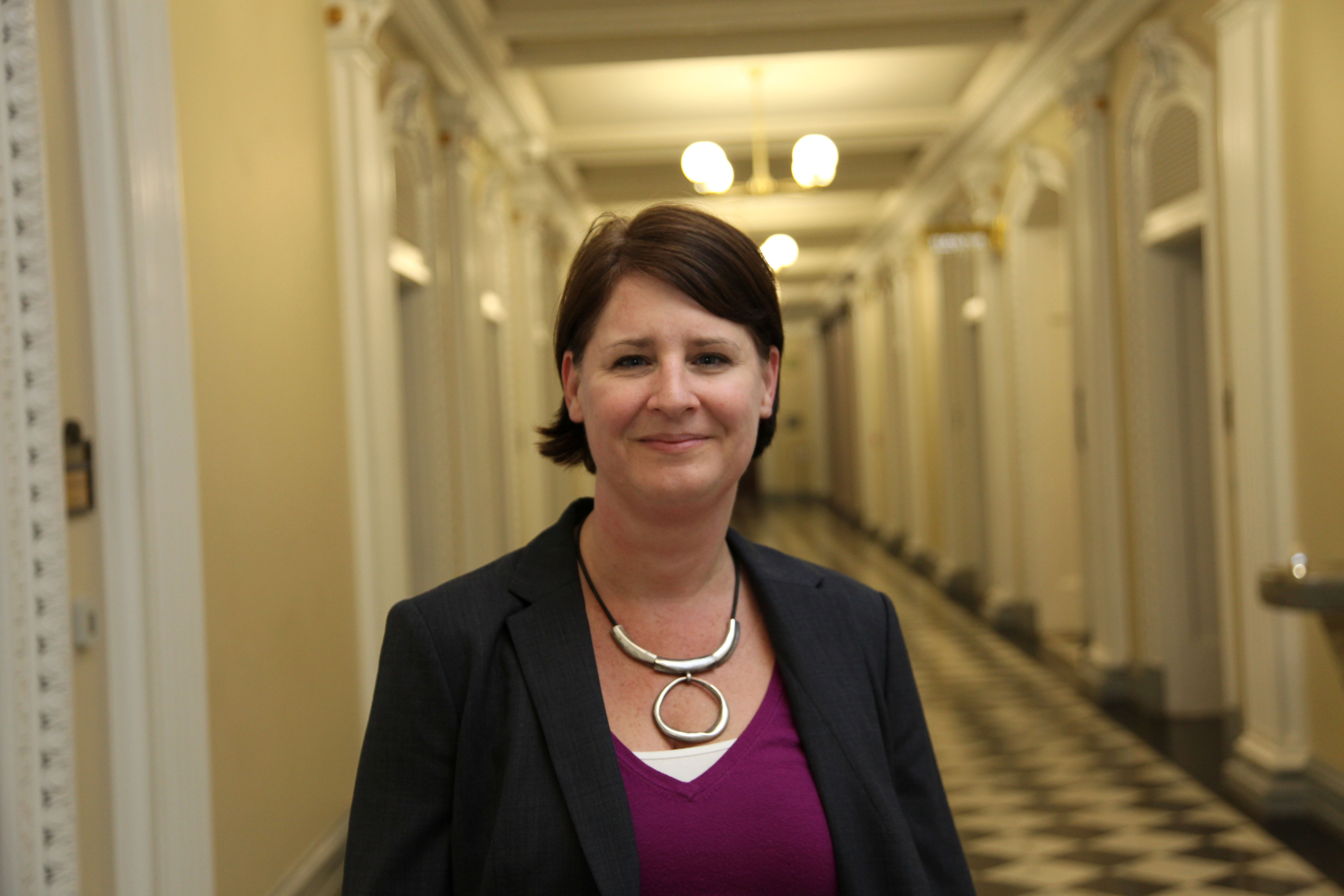
Ed. Note: Champions of Change is a weekly initiative to highlight Americans who are making an impact in their communities and helping our country rise to meet the many challenges of the 21st century.
At the New York City Anti-Violence Project we work every day to make lesbian, gay, bisexual, transgender and queer (LGBTQ) people visible and included in the work that will end intimate partner violence. So it was a particular honor for AVP, and for me and Senior Domestic Violence Counselor/Advocate Victoria Cruz, to bring an LGBTQ voice to the conversation among the extraordinary activists that were honored. By including AVP as a Champion of Change, the White House is including LGBTQ people, and all people, in strategies to end this violence. There are things that each of us can do to follow this example.
As a first step, we need to broaden the language that we use in working to prevent and end this violence. Intimate partner violence (IPV) occurs at the same rates in LGBTQ communities as in any other community: in 25 percent to 33 percent of our relationships. There is emerging research that suggests that transgender people experience IPV at higher rates. So to truly end intimate partner violence we have to shift the way we talk about this violence to include LGBTQ survivors. We can expand our language about intimate partner violence from something that only happens to women at the hands of men to words that recognize that many people are abused by their same-sex partners. Talking about intimate partner violence, instead of violence against women, is one way to include lesbian, gay and bisexual survivors of intimate partner violence. We also need to explicitly and specifically include transgender and gender non-conforming people in these discussions.
Next, we need to broaden the strategies we use to end this violence. A report released this week by the National Coalition of Anti-Violence Programs found that intimate partner violence in lesbian, gay, bisexual transgender and queer relationships is becoming increasingly more severe and consequently more dangerous. The report also found that most LGBTQ survivors do not or cannot access the support they need to be safe because of the discrimination they face when reaching out to law enforcement or domestic violence shelters. All survivors of intimate partner violence deserve to be treated respectfully when seeking support - and this is no different for LGBTQ survivors. This means we have to count LGBTQ people in studies and surveys that measure of the impact of violence, we have to include LGBTQ people in legal protections such as the Violence Against Women Act and the Victims of Crime Act, we have to fund LGBTQ-inclusive anti-violence work, we have to make all services accessible to LGBTQ survivors through providing first responders with cultural competency training and technical assistance, and we have to create non-discrimination policies that include LGBTQ people.
We know from our work at the New York City Anti-Violence Project – and from what we heard at the White House Champions of Change ceremony - that anti-violence advocates and activists are smart enough, flexible enough and committed enough to meet the needs of all survivors. Sometimes the most important work we can do is the simplest: using language, strategies and attitudes that recognize all survivors, including lesbian, gay bisexual, transgender and queer people.
Sharon Stapel is Executive Director of the New York City Anti-Violence Project



